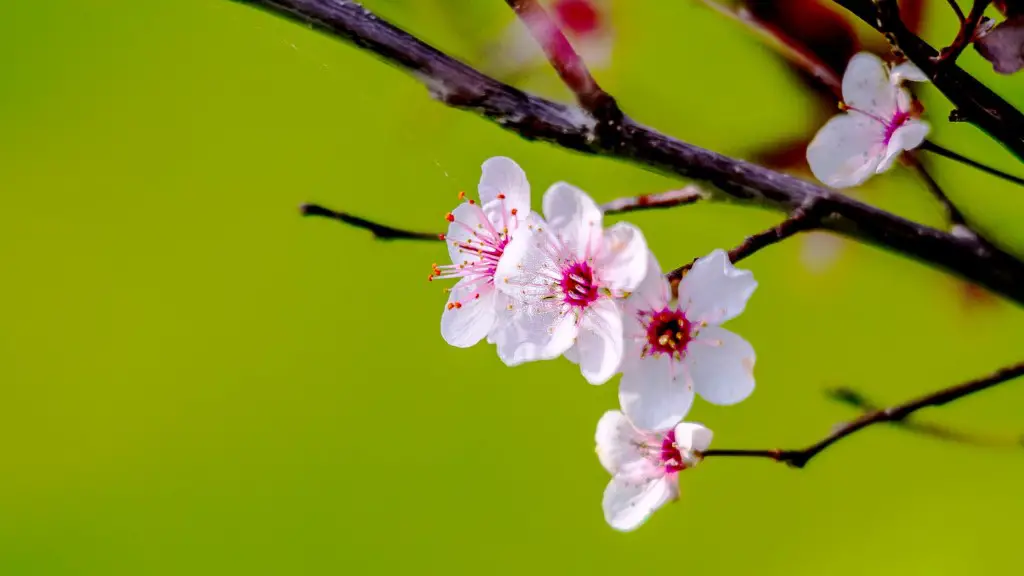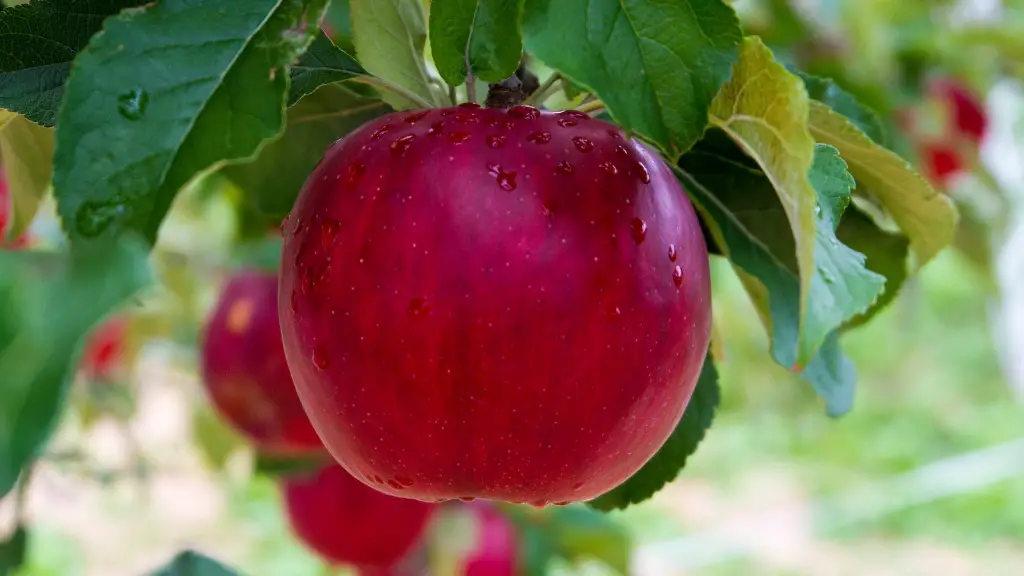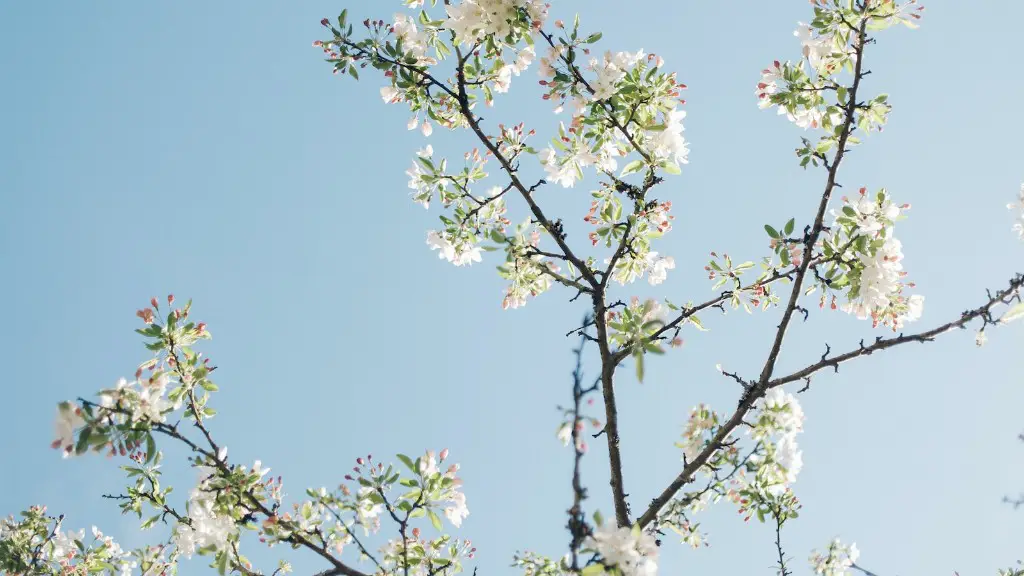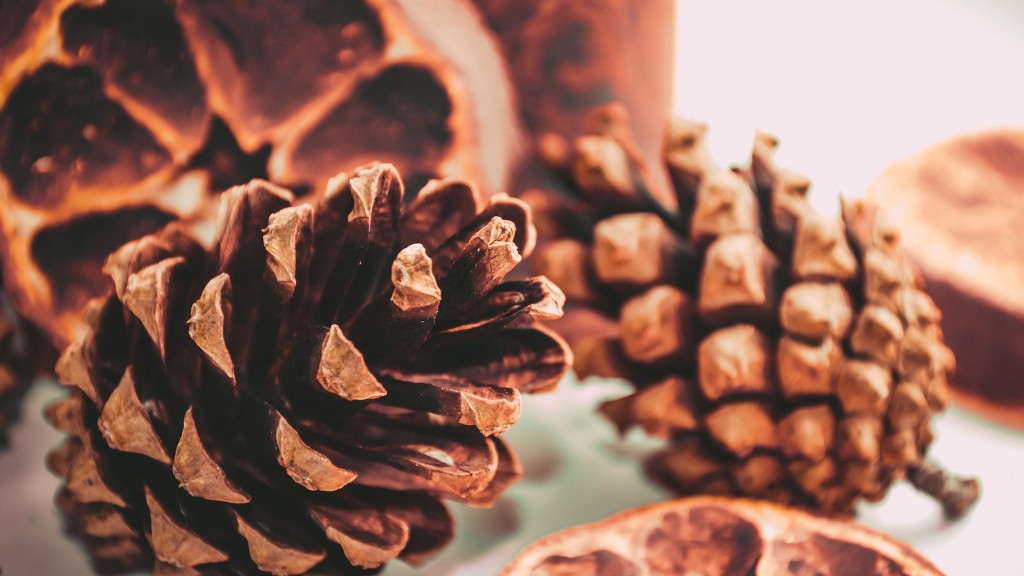Lemon trees are one of the most popular citrus trees grown in home gardens. Technically speaking, the lemon is a hybrid between a sour orange and a Citron. Lemons are used in a wide variety of culinary applications and their strong fragrance makes them popular for use in cleaning products and potpourri. home gardeners often choose to grow lemon trees for their ornamental value as well as for the fruit. Many varieties of lemon tree are available, such as the Bearss Lime, Femminello St. Teresa, Villa Francesca, Eureka, and Lisbon varieties.
Lemon trees are evergreen trees that can reach up to 20 feet in height, although most varieties grown in home gardens are much smaller. The lemon tree has glossy, dark green leaves that are alternate andoval-shaped. The lemon tree flowers are white with purple streaks and are very fragrant. The flowers bloom in clusters and are followed by the fruit.
Lemon trees can be affected by a number of pests and diseases. One of the most common problems is yellowing of the leaves. This can be caused by a number of factors, including nutrient deficiency, pests, or diseases.
Lemon tree leaves turn yellow for a variety of reasons. The most common reason is due to a lack of water or nutrients.Yellowing leaves can also be caused by disease, pests, or stress.
How do you fix yellow leaves on a lemon tree?
If your lemon tree’s leaves are yellowing, it’s likely due to a lack of nitrogen or micronutrients such as zinc, iron, and manganese. Treat the problem by fertilizing your tree with an ample dose of nitrogen or micronutrients.
Generally, when a houseplant leaf turns yellow, it means that the leaf is dying. This is because chlorophyll, which gives leaves their green color, is being lost. Once the chlorophyll is gone, the plant begins to absorb leftover nutrients from the leaf. This is why, once a leaf turns yellow, it is generally not possible to turn it back green again.
Why are the leaves on my potted lemon tree turning yellow
If you notice that the veins in your lemon tree’s leaves are turning yellow, it’s likely due to a lack of iron in the soil. This can be a problem if the soil is too alkaline or if there’s too much humidity. If the problem is severe, the leaves may turn yellow as well. To fix this, you can try adding iron to the soil or adjusting the humidity levels.
Lemon trees need certain nutrients to stay healthy and produce fruit. When lemon trees are deficient in these nutrients, it can cause their leaves to curl, droop, and turn yellow. Lemon trees are heavy feeders and need to be fertilized frequently so they can produce fruit.
How often do you water a lemon tree?
Lemon trees are generally easy to care for and only require watering once a week or bi-weekly. However, it is important to keep on a regular watering schedule to ensure the health and happiness of your lemon trees. If you’re unsure of when to water your lemon trees, simply check the top 2 inches of soil.
If your lemon tree leaves are turning yellow, it may be a sign that they are not getting enough water. This is often followed by the leaves falling off the plant and beginning to shrivel. Too much water can also cause the leaves to fall off, but they usually don’t change color. The soil should be moist but not waterlogged.
Does Epsom salt help lemon trees?
If your lemon tree leaves are turning yellow, it is most likely due to a lack of magnesium in the soil. Add Epsom Salts to the soil to help correct magnesium deficiency.
If you see a tree with yellow or cupped leaves, or leaves that don’t look perky AFTER watering, it could indicate that the tree is being watered too often and the roots are soggy. Try watering the tree less often. Citrus trees prefer infrequent, deep watering to frequent, shallow sprinklings.
Are coffee grounds good for lemon trees
Lemon trees benefit from the nitrogen and calcium in the coffee grounds. The organic material also improves the soil tilth. Only use the coffee grounds after they have been fully decomposed in the compost pile.
If your houseplant’s leaves are turning, it may be due to moisture stress. Check the plant’s soil and make sure it’s not too dry. If the soil is dry, water the plant and see if that helps. If the leaves are still turning, it could be due to pests. Check the plant for insects and remove them if you find any. If the leaves are still turning, it could be due to lack of sunlight. Move the plant to a brighter spot and see if that helps. If the leaves are still turning, it could be due to cold drafts. Move the plant away from any windows or doors that might be letting in cold air. If the leaves are still turning, it could be due to lack of nutrients. Feed the plant with a fertilizer and see if that helps.
What plant food is best for lemon tree?
Citrus trees are known for being quite hungry plants, so it is important to feed them regularly during the growing season. The best time to do this is from mid-spring to mid-autumn, using tomato feed or a liquid seaweed solution. In winter, you should only need to feed your citrus tree once a month, using a winter citrus feed. It is also important not to overwater your tree – too much water can be just as damaging as too little.
As a general rule, you should check your soil once a week to see if it needs watering. You can tell if it needs watering if it feels dry to the touch 2 inches below the surface. If it does need watering, slowly pour water into the pot until you reach 20 seconds or until you see water running out of the bottom of the pot. As a general rule, Meyer Lemon Trees need water every one to two weeks.
What are the signs of overwatering a citrus tree
Overwatering trees can lead to a number of problems. The area around the tree may become constantly wet, and new growth may wither before it’s fully grown or turn light green or yellow. The leaves may appear green, but they may be fragile and break easily.
Make sure to fertilize your citrus plant during the growing season (late March-early August) with a liquid, organic fertilizer every two to three weeks. Do not fertilize in the winter when new growth should not be encouraged. This will help keep your plant healthy and strong!
What are three common problems that lemon trees can have?
Lemon trees are susceptible to a variety of problems, including citrus canker, sooty mold, botrytis blight, anthracnose, and lemon scab. Lesions on leaves are the first sign of citrus canker, and these can eventually lead to black moldy spots. Sooty mold is often caused by aphids and can be treated with insecticidal soap. Fuzzy gray mold and brown spots are caused by botrytis blight, which can be controlled with fungicides. Anthracnose is characterized by tan spots with dark outlines, and can be treated with fungicides or bactericides. Brown scabs are the result of lemon scab, and can be treated with fungicides.
It’s important to remove any grass around the tree trunk and apply a 5-10cm deep mulch of well-rotted cow or horse manure. This will help the tree to recover.
How do you green up citrus trees
Citrus-specific fertilizer, or a 10-10-10 fertilizer, should be applied at a rate of 1/2 pound per tree in the first year, reapplied every 6 weeks through October. In the second year, begin feeding at the start of the growing season 1 pound of fertilizer per tree, every 7 weeks through October.
It’s important to make sure your tree is getting enough water, but you don’t want to overdo it. A good way to check is to stick your finger into the soil a few inches from the surface. If the area is dry, then it’s time to water. If it’s still moist, then you can wait a few more days.
Warp Up
Lemon tree leaves typically turn yellow when the tree is not receiving enough water. Yellowing leaves can also indicate that the tree is getting too much sun, or that the soil is too alkaline.
One possible reason for yellowing lemon tree leaves is a nutrient deficiency. When leaves turn yellow and fall off, it’s a process called chlorosis. Chlorosis is often caused by an iron deficiency. Lemon trees need iron to produce chlorophyll, which gives leaves their green color. Without enough iron, leaves turn yellow.




